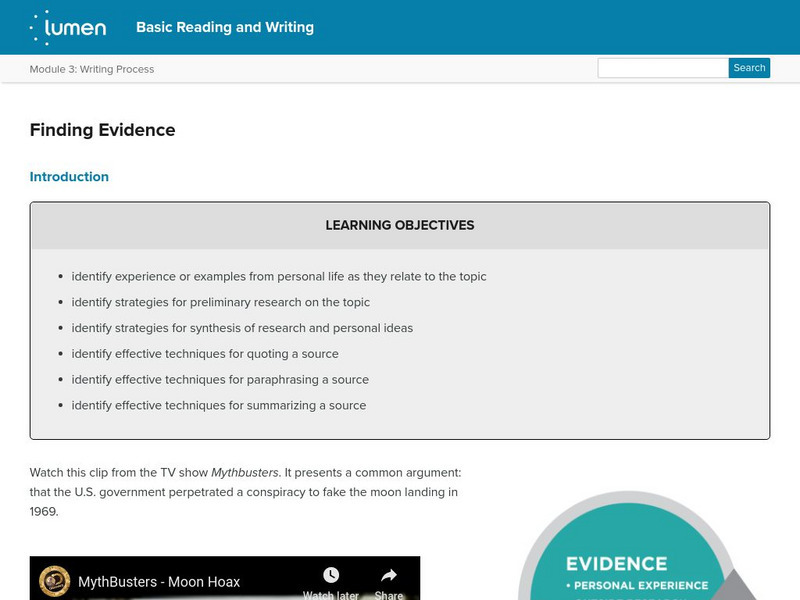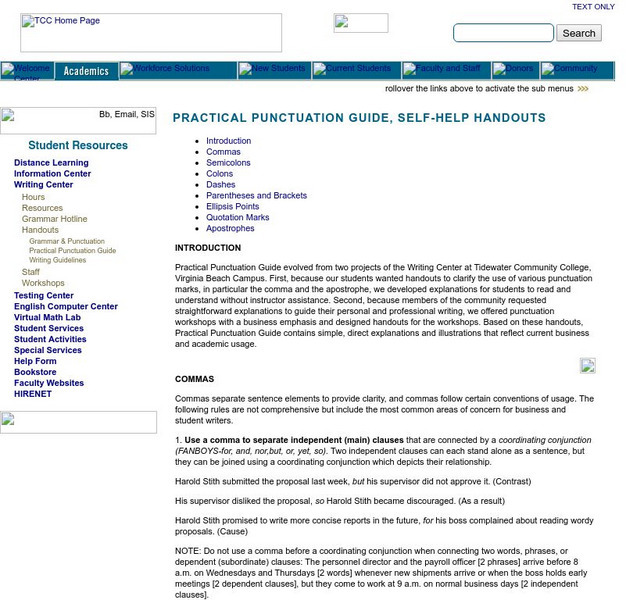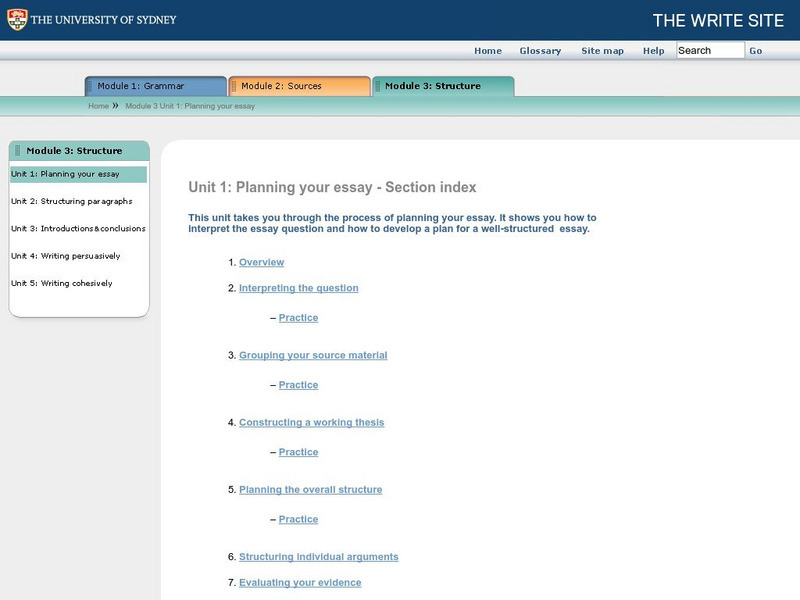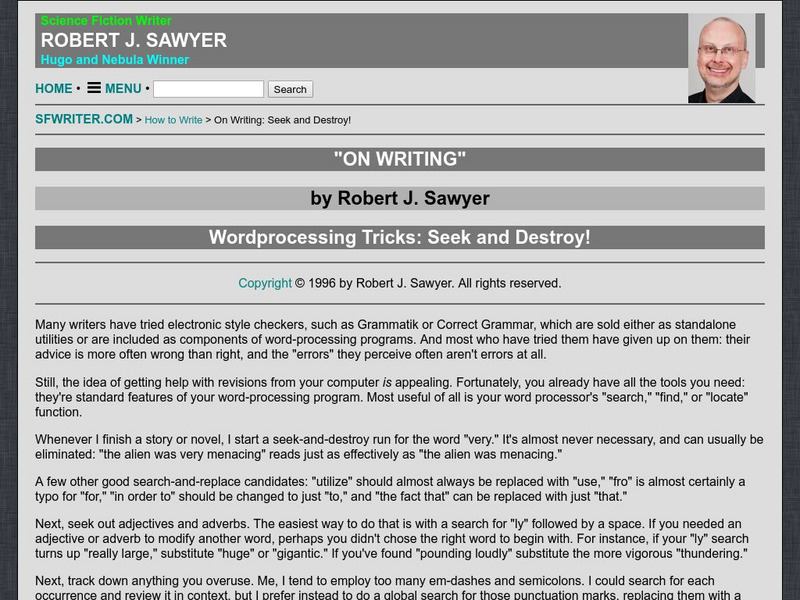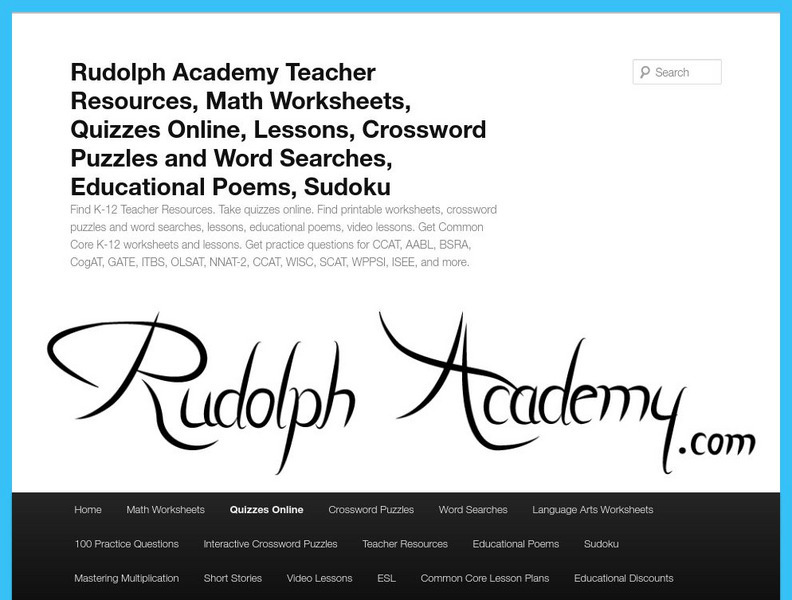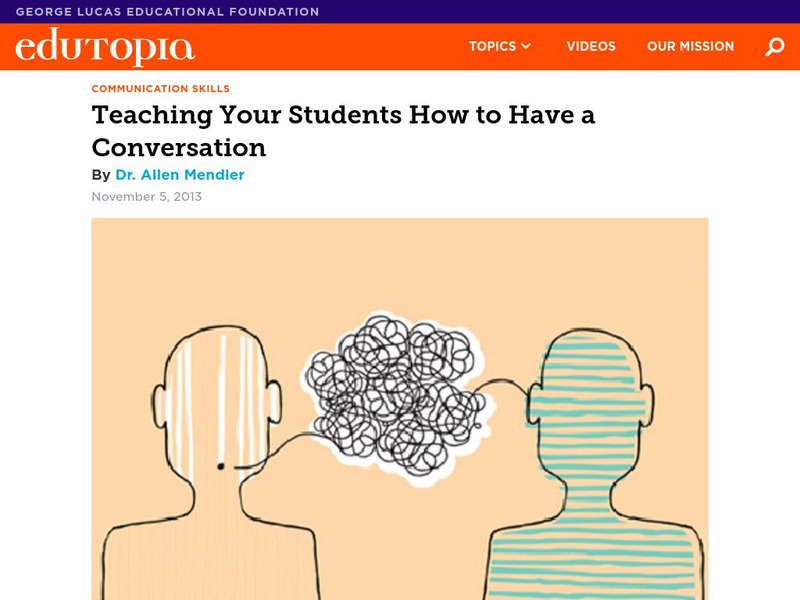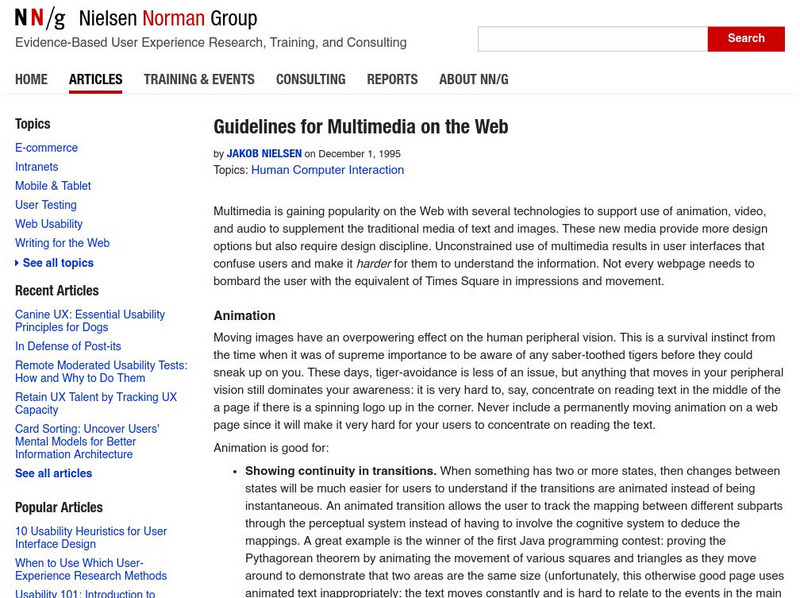McGraw Hill
Mc Graw Hill: Mastering the Common Core Accessing Complex Texts With M. Russo
This professional development video is instructed by the National Reading Consultant, Marisa Russo. She provides explanations about what makes a complex text, why text complexity is important, and techniques to help student access...
Online Writing Lab at Purdue University
Purdue University Owl: Avoiding Plagiarism
Plagiarism is a serious offense in many educational settings. Plagiarism and copyright laws are reviewed here. Activities to avoid plagiarism are also provided through links. W.9-10.8 Sources, W.11-12.8 Sources/Integrate/Cite;...
Colorado State University
Colorado State Writing Center: Adapting to Your Audience
A clear guide to understanding the audience for your writing, this site leads you through steps to help you identify your audience, then structure your writing to meet that audience's needs and expectations. Use links on the right....
ReadWriteThink
Read Write Think: Once Upon a Fairy Tale Teaching Revision as a Concept
Contains plans for five lessons that teach the difference between revision and editing using fractured fairy tales. In addition to objectives and standards, this instructional plan contains links to sites used in the lessons as well as...
The Write Place
Literacy Education Online: Strategies for Revising and Editing on Computers
Comprehensive discussion on how to edit material on computers. Explains how to perform functions in 2 general areas: spell check and search & replace. Also explains difference between doing this "on paper" and on computer. W.11-12.6...
Sophia Learning
Sophia: How to Choose Credible Sources
This tutorial focuses on choosing credible sources for a research project. It offers two versions of a slideshow: a non-audio slideshow and an audio slideshow which explains the information as it is shown. They each define terms, offer...
Lumen Learning
Lumen: Using Sources: Building Credibility Through Source Integration
This lesson focuses on building credibility by properly integrating source materials. It discusses three ways of improving credibility through integration, provides an example, and a practice exercise. SL.9-10.2 eval & integrate...
George Mason University
Gmu: Virginia Montecino: Criteria to Evaluate the Credibility of Www Resources
An easy-to-follow guide to assist in determining whether online resources are reliable and true. Find questions to ask while reviewing sources. CCSS.ELA-Literacy.CCRA.W.8 and CCSS.ELA-Literacy.CCRA.R.9
ReadWriteThink
Read Write Think: Defining and Exploring an Author's Stylistic Choices
Contains plans for two lessons that teach students how to recognize an author's use of style in literature. These plans use "Their Eyes Were Watching God" by Zora Neale Hurston as an example, but the basic ideas can be adapted to other...
Other
Responsible Thinking: Analyzing Arguments and Evidence
Contains many points to consider when analyzing someone's arguments and evidence, such as the hidden assumptions, cultural assumptions, and testability. Each is explained in a short paragraph with a link to additional discussions on...
Lumen Learning
Lumen: Boundless Communications: Understanding Bias in Language
This lesson focuses on bias in language such as gender and cultural bias and how to avoid them in public speaking. CCSS.ELA-Literacy.WHST.6-8.2.e
Lumen Learning
Lumen: Boundless Communications: Credibility Appeals
In this Boundless Communication, students will learn about the importance of credibility in public speaking. There are four sections: defining credibility, types and elements of credibility, building credibility, and ethical usage....
ReadWriteThink
Read Write Think: Avoiding Sexist Language by Using Gender Fair Pronouns
Contains plans for two lessons that teach students how to avoid gender stereotyping while using pronouns. In addition to objectives and standards, this instructional plan contains links to sites used in the lessons as well as assessment...
Sophia Learning
Sophia: Conclusions
A screencast lesson defining a conclusion and discussing how to write an effective conclusion. Students learn the traditional conclusion format as well as other formats that may better fit a writer's topic and purpose. Includes a section...
ReadWriteThink
Read Write Think: Researching Information: Comparing Electronic and Print Texts
This lesson allows students to compare and contrast print text structure with that of an online site. Students work together and use worksheets in comprehending the informational text. CCSS.ELA-Literacy.WHST.6-8.7 Conduct short research...
Other
Acronym Finder: Abbreviations and Acronyms Dictionary
Journalists are inundated with acronyms. This site contains 240,000 of them and their meanings. Search tool allows you to enter the exact acronym or the first letter. You can even enter a keyword and look for acronyms that include it....
Writing Fix
Writing Fix: Revision Checklists [Pdf]
Walk your students through the writing process with this revision checklist. Students review their idea development, organization, sentence fluency and word choice. Click on appropriate grade-levels to get the desired checklists....
Lumen Learning
Lumen: Writing Process: Finding Evidence
This lesson focuses on finding evidence to support your thesis, how to incorporate your findings into your own work, and how to effectively quote, paraphrase, and summarize your information. CCSS.ELA-Literacy.CCRA.W.9, W.11-12.1b...
Other
Tidewater Community College Writing Center: Practical Punctuation Guide
This site contains practical and useful information about the following: commas, semicolons, colons, dashes, parentheses and brackets, ellipsis points, quotation marks, and apostrophes. CCSS.ELA-Literacy.CCRA.L.2
University of Sydney (Australia)
University of Sydney: Module 3 Unit 1: Planning Your Essay
This unit index contains links with to guide students through the process of planning a multi-paragraph argumentative essay. Students will learn how to interpret the essay question, develop a writing plan, thesis, writing the argument,...
Other
Science Fiction Writer: Robert J. Sawyer: "On Writing": Word Processing Tricks
Science fiction writer Robert J. Sawyer shares his word processing tricks and tools for proofreading and editing a manuscript. CCSS.ELA-Literacy.WHST.6-8.6 Use technology to produce and publish writing
Other
Rudolph Academy: Figurative Language Quizzes and Practice Exercises
This site offers a multitude of figurative language quizzes (some by grade level), a PowerPoint presentation and links to much more. It features a 30 question quiz asking students to either read or listen to statements and then select...
Edutopia
Edutopia: Teaching Your Students How to Have a Conversation
While it is impossible to know all of the reasons, there is no doubt that learning to listen and talk is an extremely important way to broaden knowledge, enhance understanding and build community. Perhaps this is why the core standards...
Other
Nielsen Norman Group: Guidelines for Multimedia on the Web
Guidelines on how to design presentations for web media. This is an old article and some of the information is outdated, but much is still relevant. SL.9-10.5 Audio Visuals, RI.11-12.7 Eval Different Media/format....


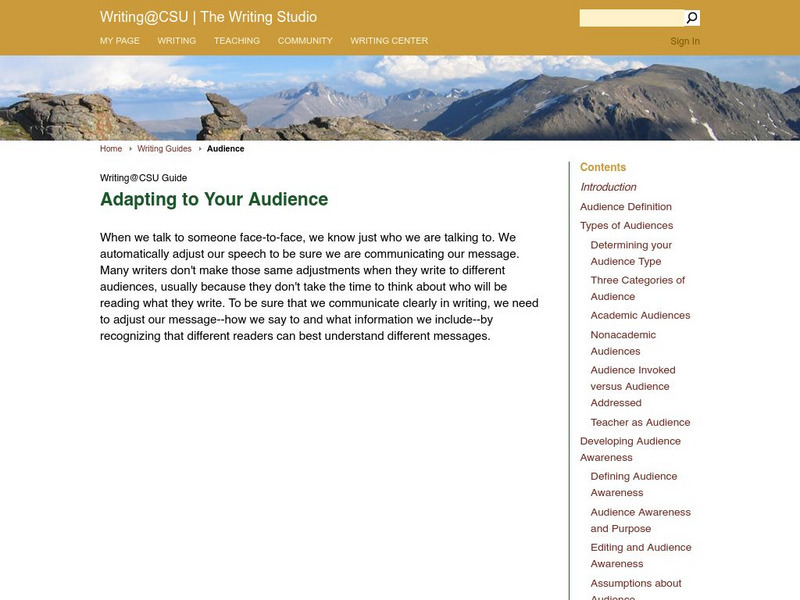
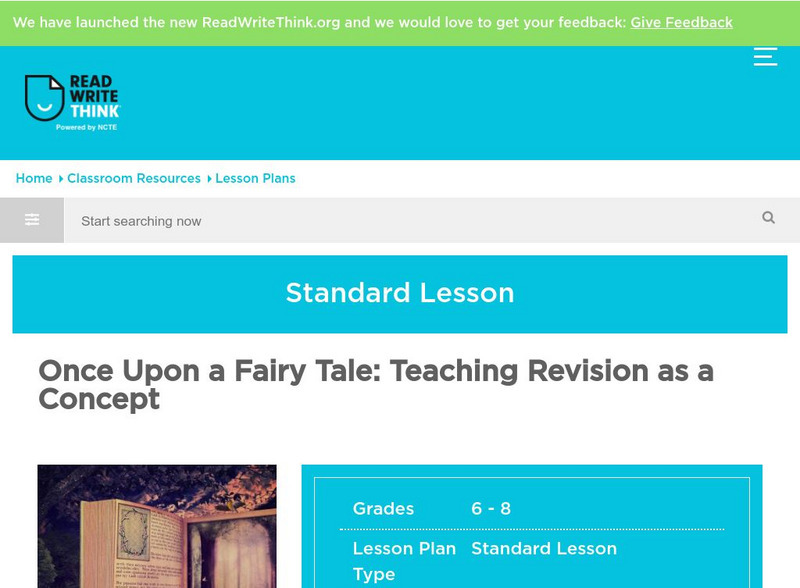


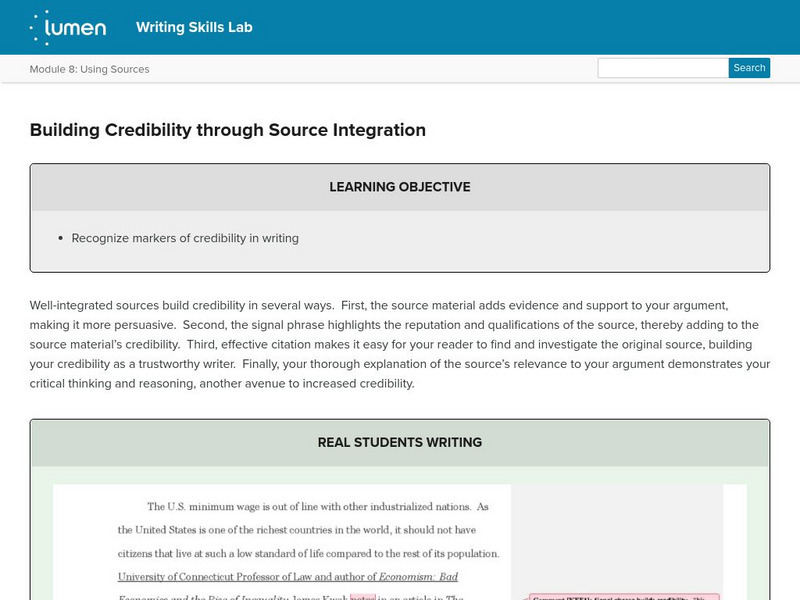


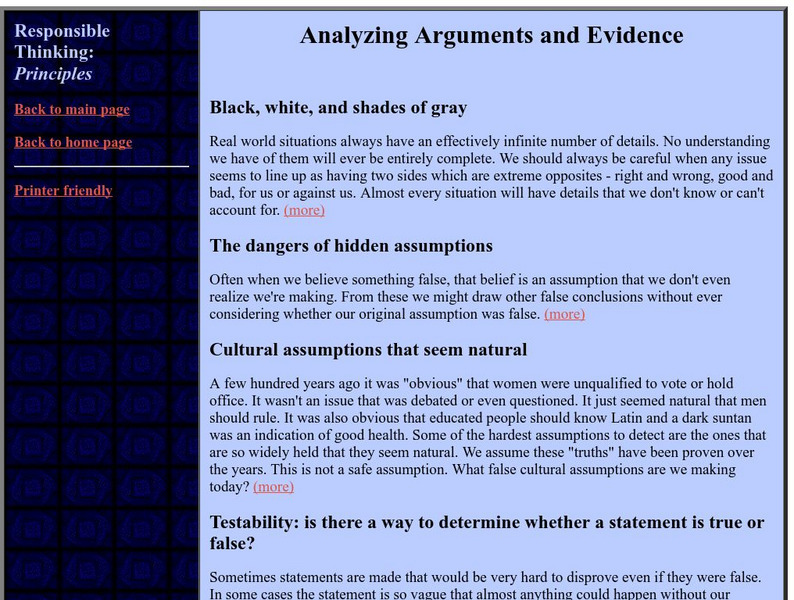



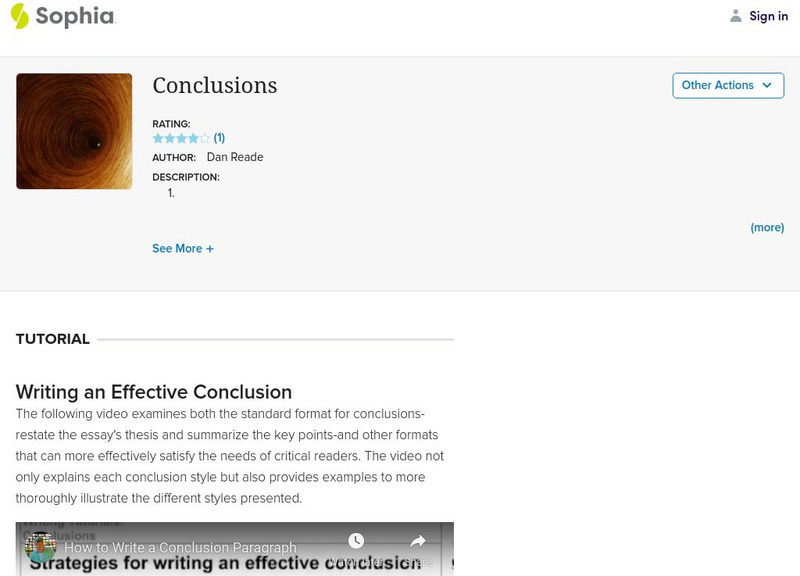


![Writing Fix: Revision Checklists [Pdf] Unknown Type Writing Fix: Revision Checklists [Pdf] Unknown Type](https://d15y2dacu3jp90.cloudfront.net/images/attachment_defaults/resource/large/FPO-knovation.png)
